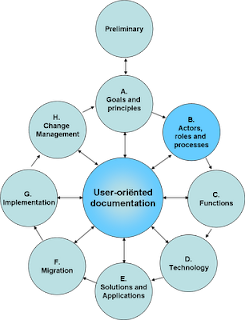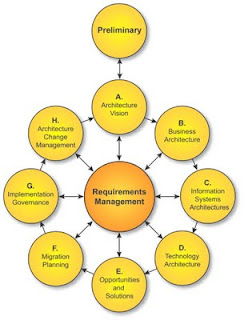Using a standard notation method for audience and tasks analysis

In the previous posts I have talked about the advantages of having a widely accepted framework for technical communication, just like ICT Architects have. This Technical Communication Framework (TECOF) could be our equivalent for TOGAF. The similarities between Technical Writing and ICT Architecture don't stop at the overview level, we can also learn from the model-driven approach from ICT Architects towards the detail levels of a solution and its context. One of the areas where we can benefit from this approach would in my opinion be the audience and tasks analysis, at the start of a technical communication project. A structured approach to audience and task analysis Archimate is an 'architectural language'. It provides ICT Architects with a vendor-independent set of concepts, including a graphical representation, that helps to create a consistent, integrated model which can be used in for instance TOGAF's views. The business layer in Archimate neatly corresponds...

